
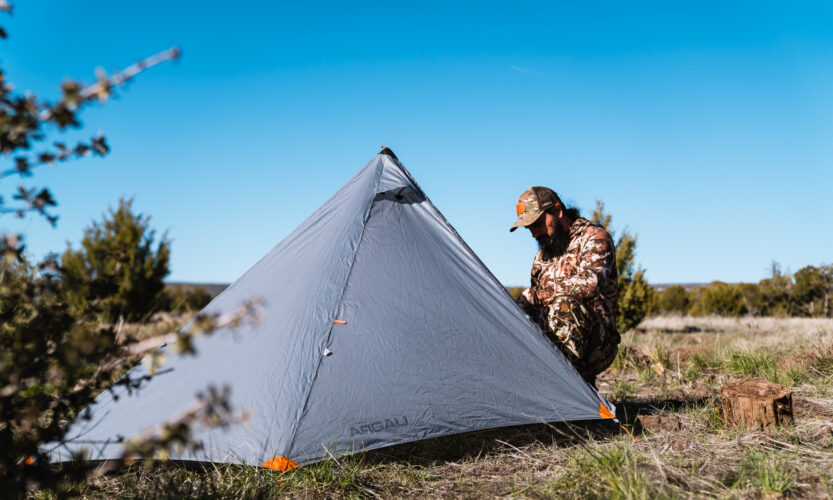
Among all of the gear items in your backpack, there are a few areas where you can save a huge amount of weight. Things like sleeping bags and sleeping pads are a few of them. Another item that can drastically cut weight is your tent/shelter. Generally, the logic behind cutting weight is when you cut weight, you also are cutting comfort. That couldn’t be farther from the truth with the new Owyhee 1p tent from Argali.
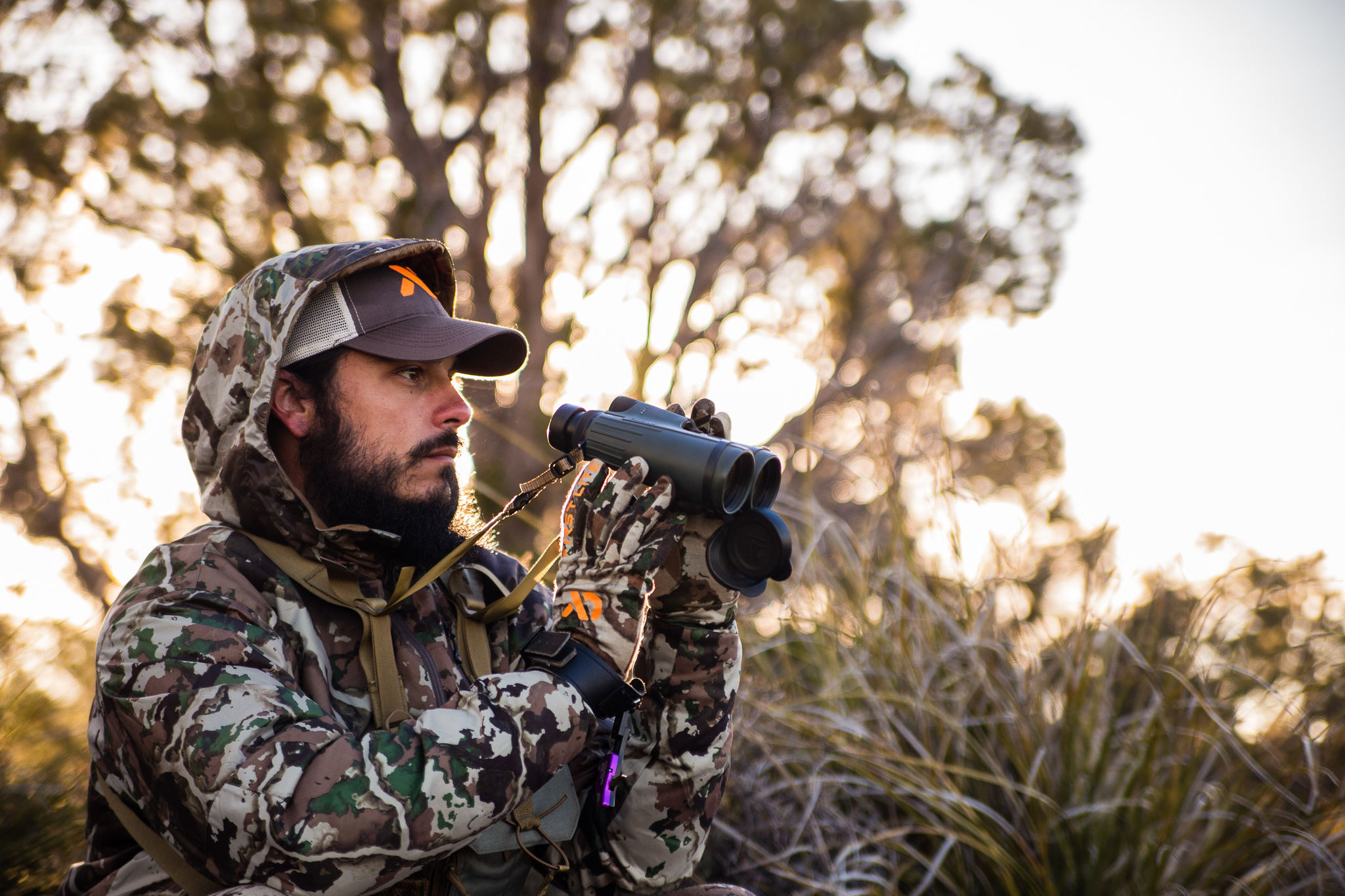
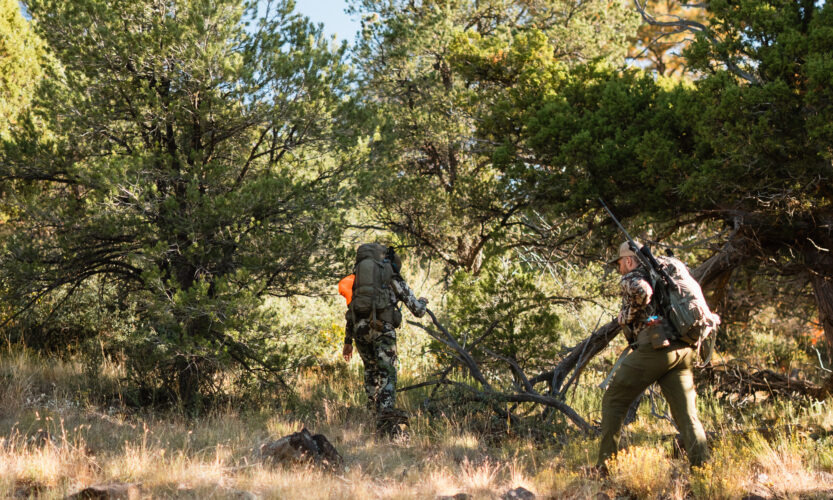
While self-preservation and my own hunting success are incredibly important to me, hunting doesn’t end with me, and it doesn’t end with you either. In order to keep this train rolling, we’ve gotta have the fuel to do it. That means more numbers and that means more hunters. We are a dying breed and if we don’t think about hunter recruitment, we’ll suffocate beneath the surface we once knew.


Gear for backpack hunting is something that gets no shortage of attention. It’s for good reason too. What we bring with us into the backcountry are items that we need to have full trust in. Finding one system is time-consuming enough. The different seasons though, being early, mid, and late pose different conditions, which can call for different choices in gear. This is especially true with sleep systems. This past early season I found what I believe is my best early season sleep system yet.

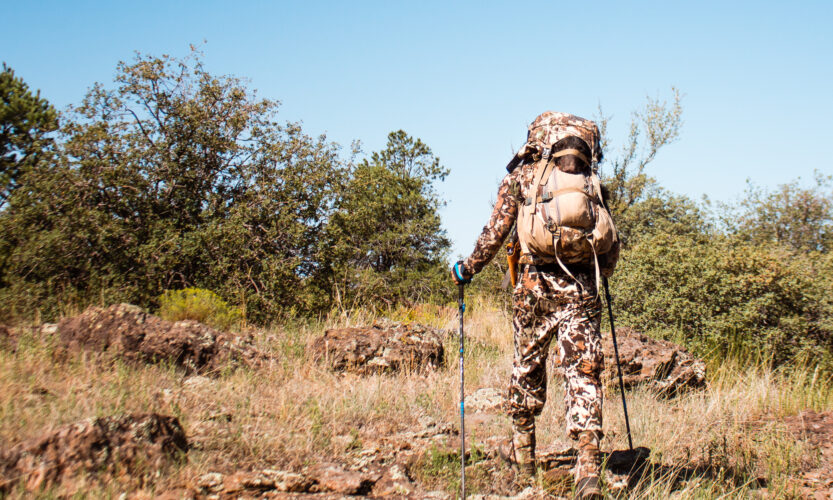
It’s the end of September as I’m writing this. I’ve been seeing tons of success photos scrolling my social media feed and I love it. Big bulls and high country bucks are getting backpack rides and filling the hearts and freezers across the West. While that warms my heart, I can’t stop thinking about the month of October and it’s not for the deer or elk. It’s for Arizona Fall Bear Hunting.

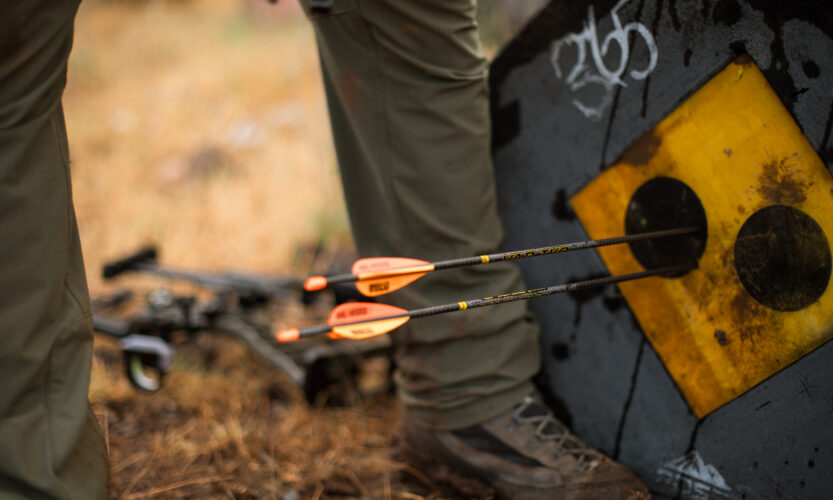
We learn by doing. It’s the only way to find out what works and doesn’t work for us individually. Archery has been an enriching journey for me. It’s also been humbling, especially on the bowhunting side of things. That has a way of truly bringing you back to zero, which in my opinion is healthy. It urges progression because it brings to light any issues that may be present in your game. The key in these instances to getting better is owning up to these archery issues.
Since the beginning of my bowhunting pursuits, there has been one thing that has been a constant in the archery issues category. Waiting on my shot. What I mean by that is I wait too long at full draw before my shot breaks. This causes my form to break down, which degrades my aim, and nothing good comes of it.
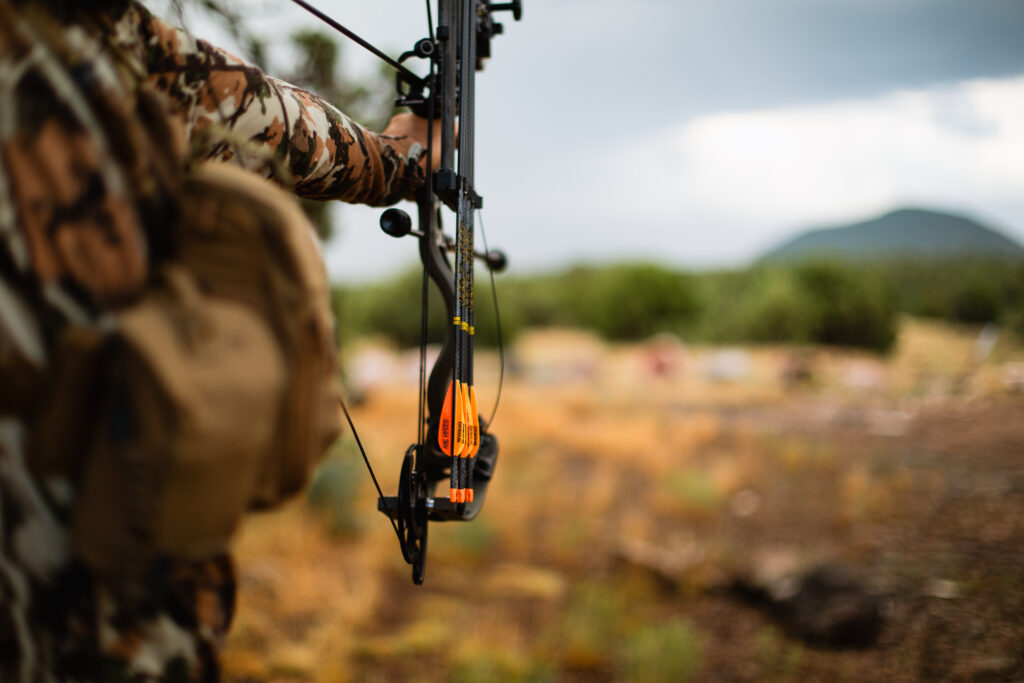
When this happens it’s one of two things. In my early years, I’d overaim. The perfectionist in my mind battled with the natural pin float we have and I’d want my pin to be rock solid on my target. This would cause me to hyperfocus on what I was aiming at, all the while my form would start to crumble trying to get everything perfect. Not ideal.
The second thing, and the more relevant of the two at this time, is engaging my trigger, or the lack thereof. Sometimes, I’m a bit light here and don’t put that much pressure on the trigger. The shot always breaks, but a lighter pressure means it won’t break as soon. When I’m cognizant of this, I’m fine. It’s when I’m not it catches me off guard. Again, not ideal. Especially with a buck behind your pin.
Like it? SUBSCRIBE to the Youtube Channel!
This is just me being open with you and taking a bit of my own medicine. I always urge people to own up to their faults to get better. What I’ve gone through above is me doing just that. The only way to squash this stuff is to be proactive about it. Be intentional. And that’s something I’m currently tackling to better myself as a bowhunter and honestly a person. This line of thinking can be applied to all avenues in life. All of it with the same end goal. Be better.

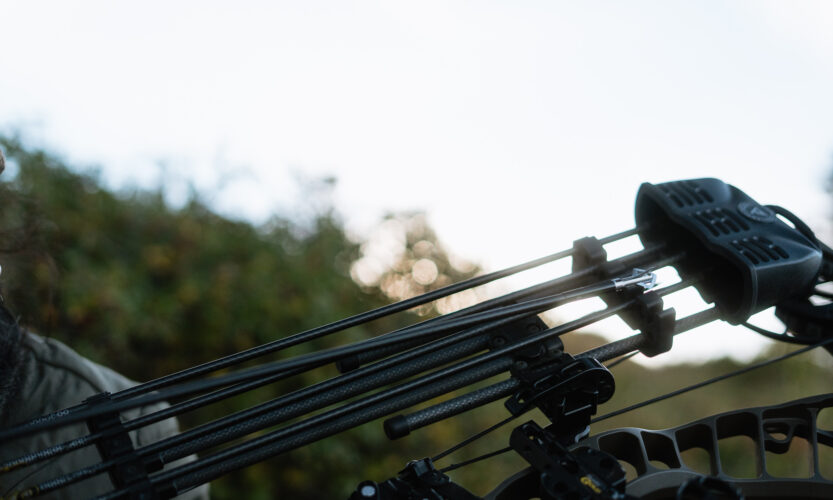
Show me a bowhunter that enjoys missing and I’ll show you a liar. Especially after so much effort, it is crushing to watch your arrow sail harmlessly passed an animal. It’s damn near debilitating mentally. While there is no shortage of suck that comes from missing, I will say that there is a lot to gain.
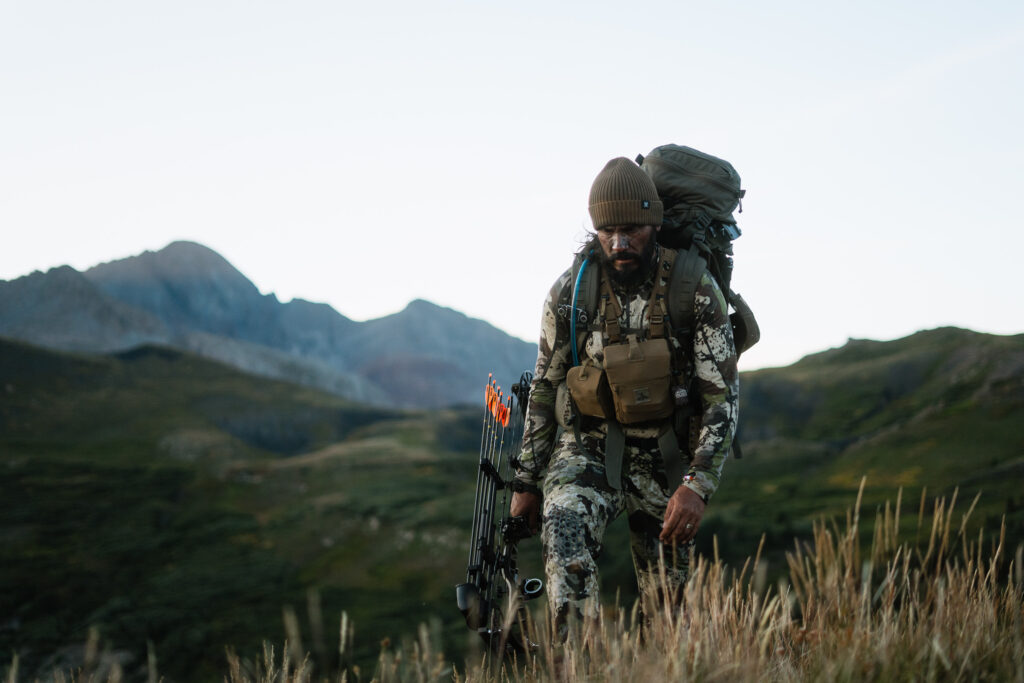
This past early season in the high country was one that I won’t soon forget. I’m a guy that prides himself on his shooting ability. And while I’m no professional archer, I do consider myself to be a good shot and a dedicated one too. So, when I miss, it really hurts. And I did plenty of that this past August/September of 2023.

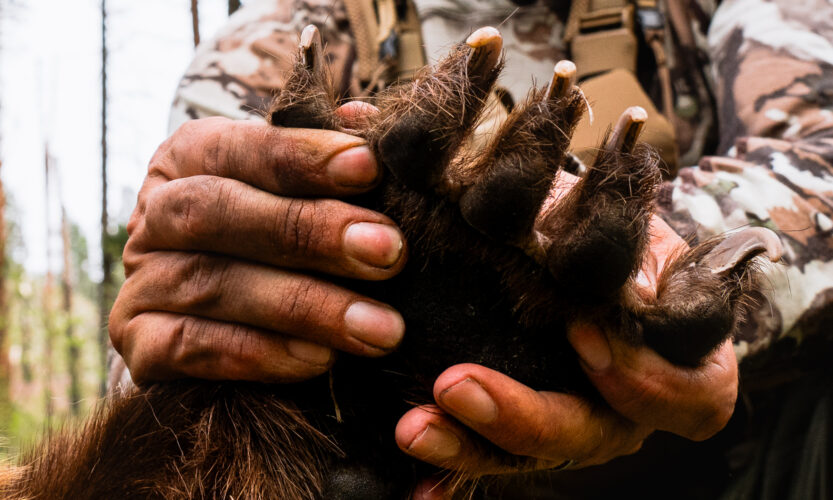
Fall is officially here, and if you’re anything like me, you’re getting hit with the warm and fuzzies. Hopefully, the fuzzies are in the form of big mule deer antlers! This new film of mine may not be a mule deer film, but I am super proud of it. Dillon Flint and I backpacked into some of the most rugged country in the lower 48 this past spring and what we got out of it was “The Most.”

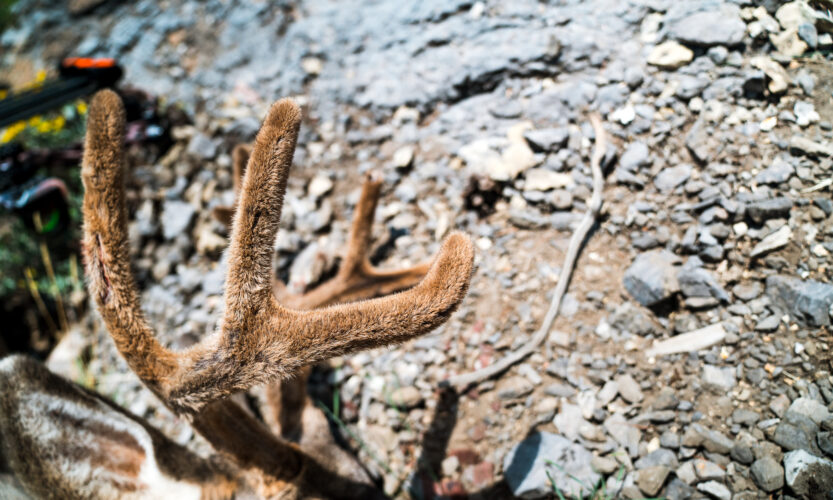
We’re sitting less than a month out from the 2023 Fall hunting season at the time of writing this. Along with my uncontrollable excitement, e-scouting, and focus on fitness, there is one other thing heavy on my mind. That thing is accuracy. To me, it doesn’t matter how fancy your bow is, it doesn’t matter how good the hunting spot is, and it doesn’t matter how in shape you are. If you aren’t accurate behind your bow, none of that other stuff matters.

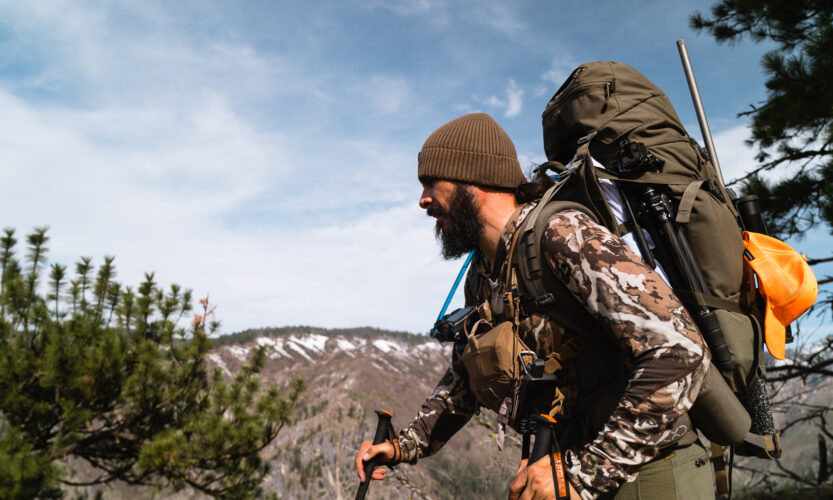
It’s been a while since I did a more personal post on here, so I figured I’d give it a rip before hunting season kicks in. A sort of pre-season personal assessment if you will.

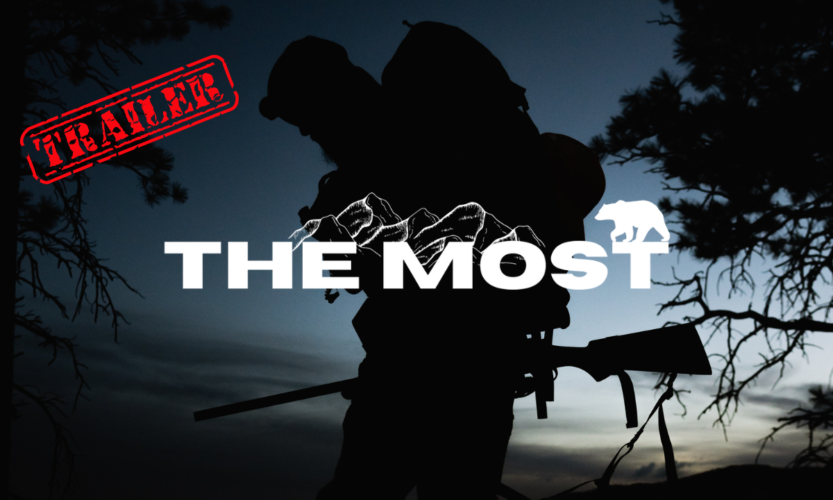
Since I was a child, doing difficult things has been something I’ve been drawn to. There is a beauty to it. It’s challenging and keeps one on their toes. Should you come out successful, no matter what that difficult thing is, the reward is so much greater. It means “the most” to struggle and then succeed, than it does to succeed without struggle.

Copyright 2019 Dialed In Hunter
Design by NXNW.